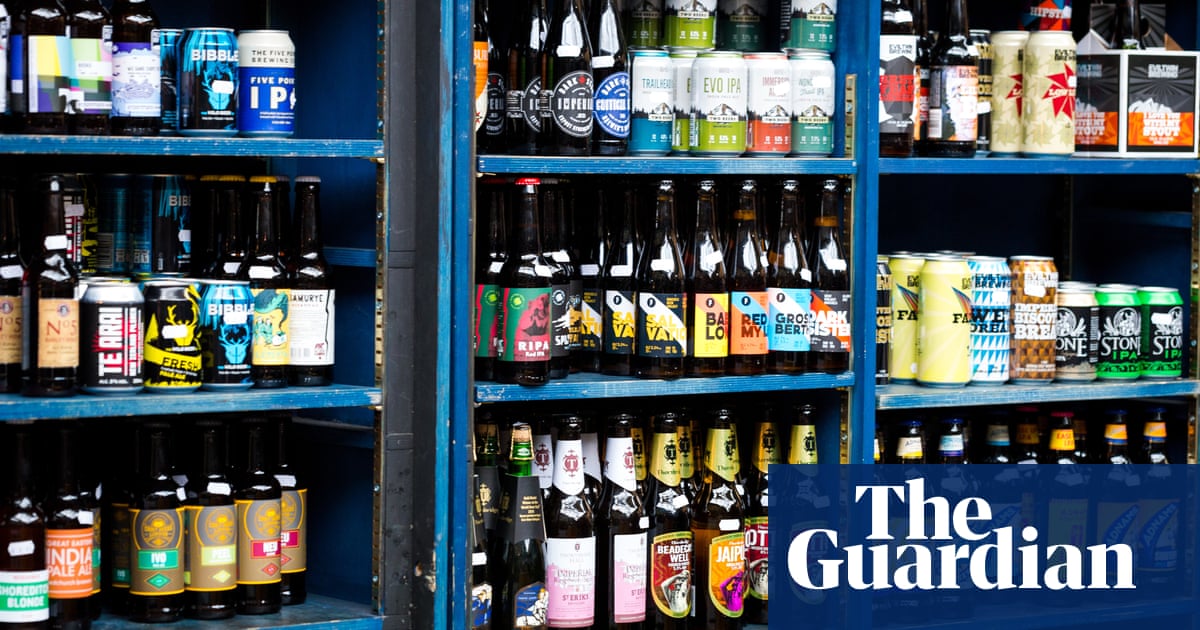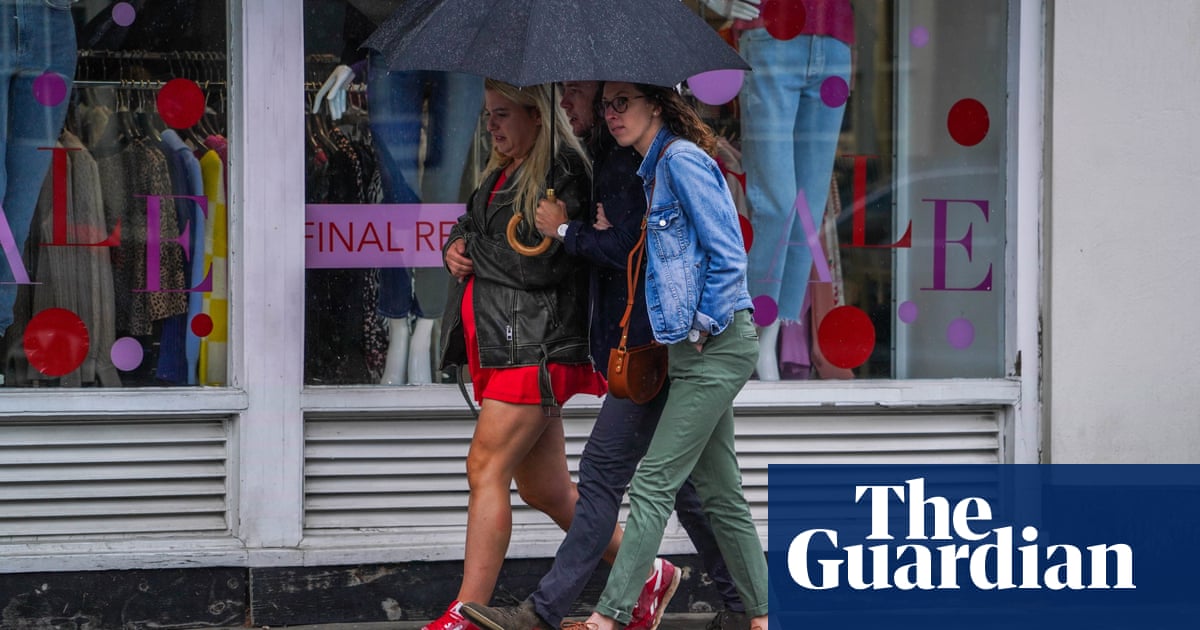
There has been a boom in weekend cycling over the past two years with new data showing a rise in leisure-time cycling of up to 60% in some parts of the country.
However, weekday cycling numbers in England remain at pre-pandemic levels, prompting campaigners to warn that without investment in safe cycling infrastructure, as traffic volumes return to normal, more people will turn to cars for everyday trips.
Analysis of government cycle count data from March to July shows pedal-powered trips were up 28% on Saturdays and Sundays across England and down 3% on weekdays against pre-pandemic levels. Cycling peaked at 300% above pre-pandemic levels on some days in 2020, as people cycled for their daily exercise on quiet roads.
Sarah Mitchell, Cycling UK’s chief executive said: “Pre-pandemic, cycling levels had been static for decades. The trend was for increased leisure riding over longer distances rather than shorter journeys for activities like shopping or going to work. Last year’s quieter roads showed cycling could be for everyone if the conditions were right, but that requires both vision and adequate investment from all governments in the UK.”
Across the National Cycle Network (NCN), which totals 12,000 miles of routes across the UK, the latest Sustrans data shows cycling and walking were up by 25% in 2020 compared with 2019 figures. Similarly, usage increased on weekdays but the largest growth was at weekends, with many automatic counters, including in Devon, and Argyll & Bute, recording a doubling in cycling and walking levels.
Xavier Brice, CEO of walking and cycling charity, Sustrans, said: “It’s crucial that we enable the increase in cycling seen over the last year to become a permanent culture shift, rather than simply reverting back to a car-led recovery.”
“We must build on the cycling boom we have seen over the last year, as part of a permanent shift to enable people to lead active lifestyles. With the right infrastructure and safety measures, we can make it easier for people to walk and cycle their everyday journeys.”
In Scotland, cycling grew 47% from March 2020 to March 2021, according to Cycling Scotland, with a 52% increase in the numbers of people cycling 1-22 March 2021, compared with March 2020. Even in October-December 2020, cycling levels were up 14% on the previous year.
However although there has been growth above 2019 figures, the jump is still not as large as seen in some regions last summer, as traffic levels have slowly returned to normal. Many who started cycling on quiet roads last year have since stopped, because of fear of traffic – and while many cities, such as London, Manchester and Leicester are investing heavily in cycle routes, building a complete network takes time, and money.
Transport for London said weekday cycling numbers have dropped 12% in the capital because of rain and fewer commuting trips, but numbers at weekends are up 47% against pre-pandemic numbers, even during rainy weekend days. Overall, flows across the week are down by 3%.
Jo Rigby, Wandsworth Labour active travel and transport speaker, said of cycling in the capital: “I went from just using my bike a couple of times a week locally to commuting to work. Covid and getting access to a bike hangar [secure cycle parking] changed my travel habits.”
Latest figures show cycling in Scotland was up 14-15% in June and April this year compared with 2019 but down on the early pandemic peaks of 2020, by 34% and 13%, respectively. Depressed numbers for May 2021, when cycling was down 12% on May 2019, and 48% on May 2020, was probably due to a very wet month, Cycling Scotland believes, when 109.5mm of rain fell on Scotland.
Nick Montgomery, monitoring and development officer with Cycling Scotland, said: “The data from our National Monitoring Framework indicates that cycling remains up on pre-pandemic levels. Unsurprisingly, it’s not at the heights of lockdown levels last year but it demonstrates that an overall increase is being sustained. Other factors have had an impact, for example the big increase in rainfall in May 2021.
Every day the evidence of climate emergency becomes more stark. Every journey cycled makes a difference.”
In Manchester, while cycle activity is slightly below the high-water mark set during the heatwave in the first national lockdown, the current level of cycle activity is estimated to be 20% above the same period in 2019 with a number of count sites showing increases of 50% or more with weekend cycle activity estimated to be 62% above the same period in 2019.
Paul Smith, who lives in Manchester, started commuting about six miles by bike to the city centre last year, thanks to a pop-up cycle lane on the A56. After the lane was removed, he started driving again because he was uncomfortable cycling with traffic.
He said: “I carried on driving for quite a while but I started cycling again a few months ago. It was just much more enjoyable than the car. I’ve managed to find a less direct route that feels safe enough so I use that now instead.”
Cycle sales continue apace, even against 2020 figures, when people rushed to two wheels to avoid public transport, with value sales up by 40% in the 12 months to May 2021, and volume up by 25%, according to the Bicycle Association.
And for some, electric cycles have helped get them pedalling again. Pete Cousins said: “I’ve been riding a bike for some time. My wife hates cycling, but wanted to come out with me. Hired an electric bike for her 2 months ago. She loved it. So bought one. We’ve just returned from a 200-mile cycling holiday – Devon coast-to-coast and back. Both loved it. 50+km/day. Plus she carried most of our gear!”












